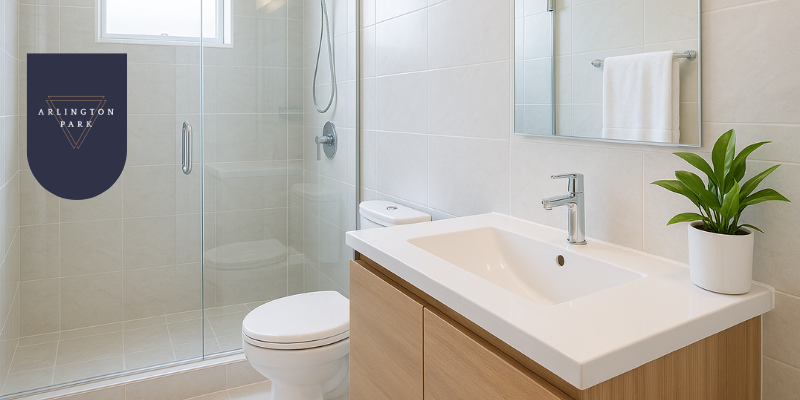October, 2025
Tenant's Essential Guide: Preventing Bathroom Mould & Damp | Awaab's Law

Mould in the bathroom is a common nuisance for tenants, but the good news is that it is highly preventable. You might think the best way to deal with post-shower steam is to throw the window open immediately, but this simple action can actually make the problem worse, especially in colder weather.
This essential guide explains the science behind condensation and outlines the most effective way to implement damp control and keep your bathroom dry and mould-free.
The science behind mould growth in bathrooms boils down to one word: condensation.
These droplets gather on the coldest surfaces in the room, creating the perfect damp environment for mould spores to settle and grow.
Instead of relying on an open window, follow these expert-recommended steps for effective ventilation and moisture control.
The extractor fan is your single most effective tool against mould because it physically pulls the damp air out of the room and sends it outside.
Mould needs water to grow. By physically removing standing water, you stop mould before it can even start.
Warm surfaces prevent condensation from forming in the first place, as they stay above the 'dew point' (the temperature at which water droplets form). Maintaining a warm, stable environment is key to condensation prevention.
Opening a window can still be useful, but timing is crucial for effective condensation prevention.
| DO | DON'T |
|---|---|
| Use your extractor fan every time you shower. | Rely on opening a window into cold air as your first defence. |
| Leave the fan on for 15-30 minutes afterwards. | Let standing water sit on tiles or windowsills. |
| Keep the bathroom door closed when the fan is on. | Block the fan or its vents with towels or storage. |
| Wipe down wet surfaces with a squeegee or towel. |
IMPORTANT NOTE: Your Rights and Landlord Responsibilities Under Awaab's Law
You must report any signs of persistent damp or mould immediately to your landlord or letting agent in writing. Keep a record of your report.
Under the law, particularly for social housing tenants (Awaab's Law), your landlord cannot simply blame the issue on 'lifestyle' without proper investigation. They have a legal duty to:
If you have an extractor fan that is not working correctly, or if mould returns despite you following the steps above, this points to a structural or ventilation issue that your landlord must fix.